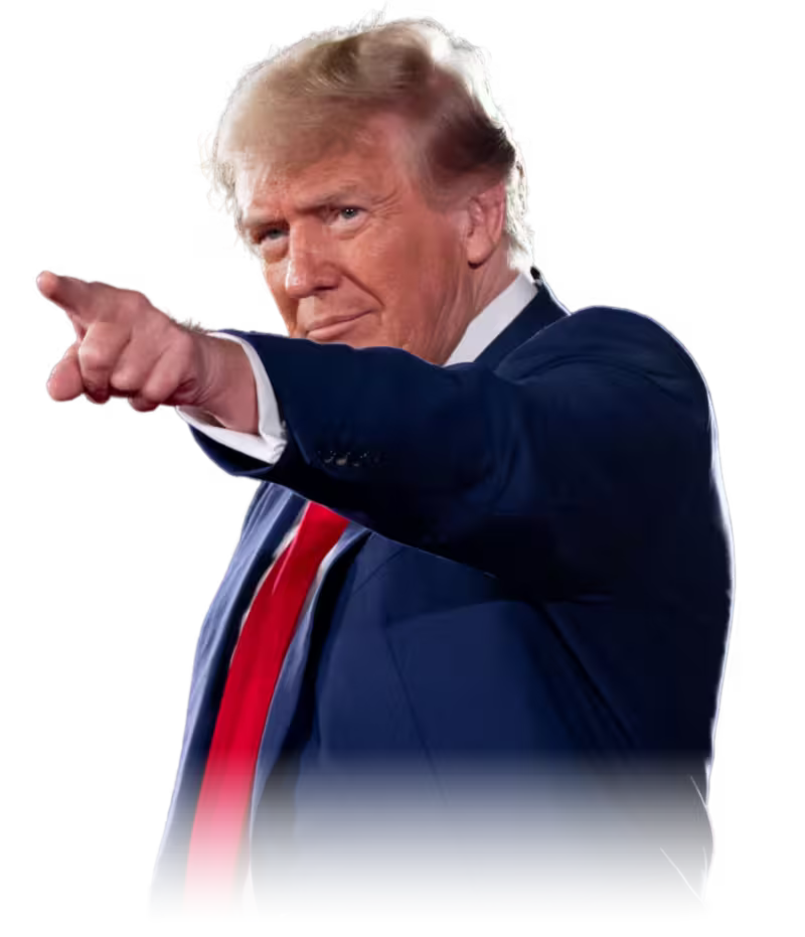- President Trump warned that tariffs on imported pharmaceuticals could rise to 250%.
- The measure is intended to push drug manufacturers to relocate operations to the U.S.
- Initial tariffs will be “small,” but could rise significantly over 12–18 months.
- A Section 232 national security probe is already underway into pharmaceutical imports.
- Drug giants like Eli Lilly and Johnson & Johnson have recently announced new U.S. investments.
The Big Picture
President Donald Trump signaled an aggressive shift in U.S. trade policy on Tuesday, telling CNBC’s Squawk Box that planned tariffs on pharmaceutical imports could climb to as high as 250%—a record-high rate for the industry and the most severe threat issued by the administration so far.
What Trump Said
“We want pharmaceuticals made in our country,” Trump declared during the live interview. He explained that the tariffs would begin with a “small” initial rate, then increase to 150% within a year, and ultimately reach 250% over a 12-to-18-month timeline. However, Trump also has a track record of floating high tariff proposals before scaling them back or revising them entirely.
Policy Backdrop
In April, the Trump administration launched a Section 232 investigation into pharmaceutical imports. That process—typically used to evaluate national security implications of foreign goods—could provide the legal basis for the proposed tariffs, similar to actions taken on steel and aluminum under the same authority.
Trump has repeatedly framed pharmaceutical manufacturing as a national security issue, citing supply chain vulnerabilities, particularly in light of geopolitical tensions and pandemic-era shortages.
Industry Reaction
Although final tariff rates have not yet been implemented, pharmaceutical companies appear to be responding preemptively. According to CNBC, major players like Eli Lilly and Johnson & Johnson have announced new domestic investments in recent months, likely aimed at signaling cooperation with the administration’s goals.
What’s Next?
There’s no official timetable for when the tariffs would be enacted, but Trump’s remarks suggest a phased escalation. Observers note that tariff announcements are often used as negotiation tools, and final decisions could hinge on political considerations, industry lobbying, and economic conditions.
The Bottom Line
Trump’s proposed 250% tariffs on imported drugs mark a major escalation in his “America First” trade agenda. Whether the threat materializes or serves as leverage, the move is already impacting pharmaceutical supply chains and policy discussions nationwide.
EU Suspends Tariffs Deal Amid Trump Trade Talks
Trump Threatens Tariff Penalty Over India’s Russian Oil Imports
Follow Virginia Times for regular news updates. Stay informed with the latest headlines, breaking stories, and in-depth reporting from around the world.
A global media for the latest news, entertainment, music fashion, and more.















